Intro
The Ebian Horse is not a breed, they are a strain of pure blood Arabian Horse bred by the Royal Society of the Horse of Iran.
Read more
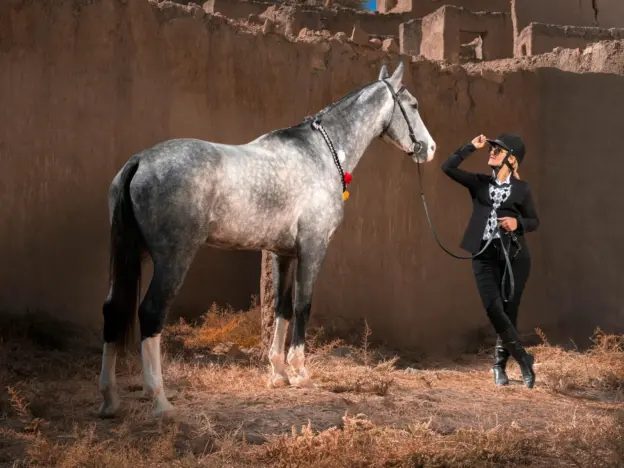
The Ebian Horse is not a breed, they are a strain of pure blood Arabian Horse bred by the Royal Society of the Horse of Iran.
Read more
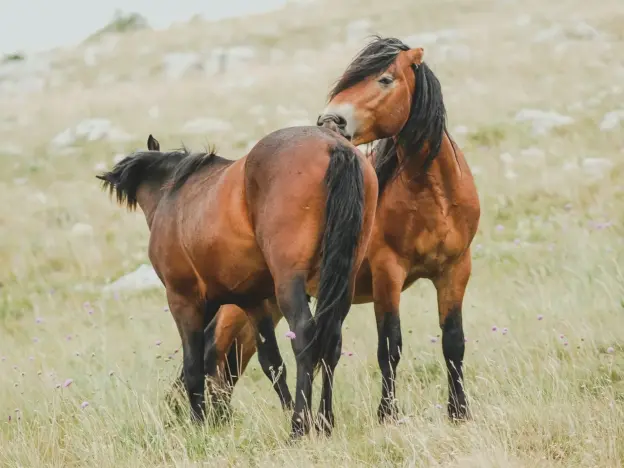
Not actually a breed, the Dulbeg Horse is one of the three main strains of Bosnian Mountain Horse which was developed early in the 20th century.
Read more
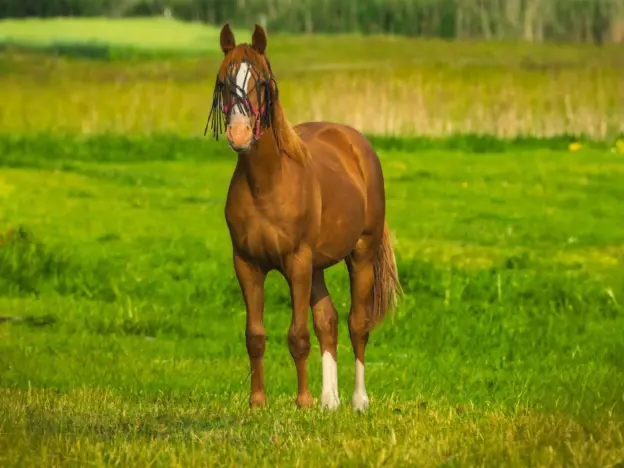
Not an official breed, the Darbowsko Tarnowski is considered a half-blood variety of Malopolski which has been specifically influenced by Gidran genetics (both are Anglo-Arabians).
Read more
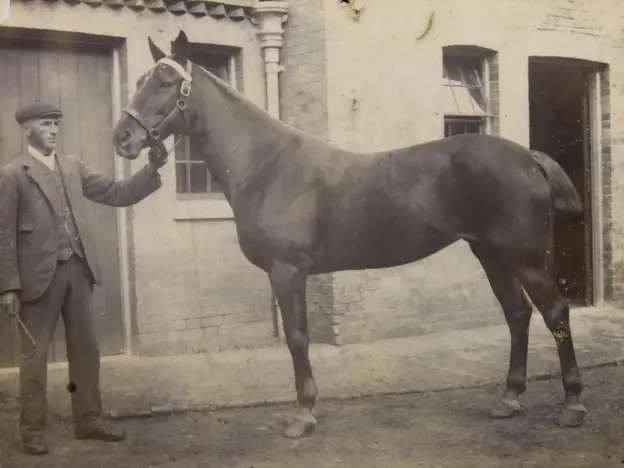
The Covert Hack, or Great Hack Horse is not an official breed, but rather the largest variety of Hackney Horse, often traditionally used for hunting.
Read more
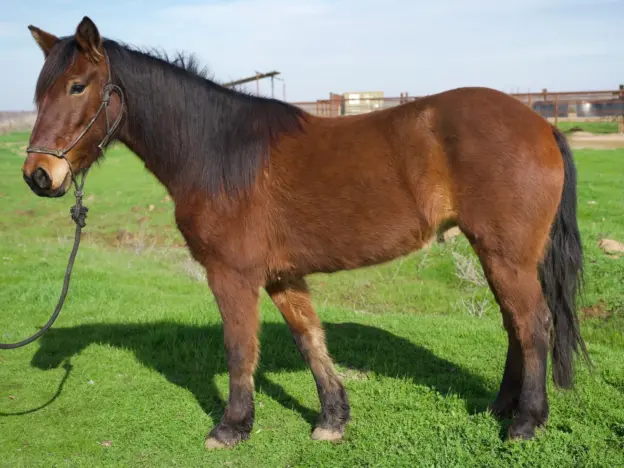
Like most Mustangs of the Americas, The Comstock is not an official breed. Their genetics reflect a variety of types brought to the Virginia Range in Nevada during the mid 19th century.
Read more
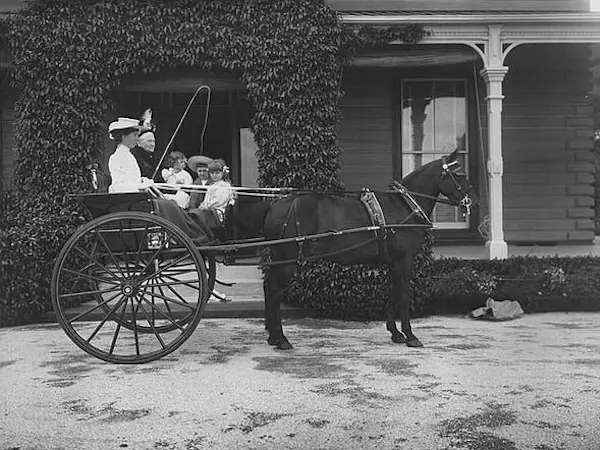
This handsome pony was only bred in New Zealand, using a foundation of Carlyon Pony mares crossed with two Welsh stallions called Kinarth Caesar and Comet. Given the breed’s name, Comet was likely to have sired the best offspring.
Read more

The Shuwayman or Chouwayman horse is not an official breed, but rather a pure strain of Arabian horse bred in Saudi Arabia and Yemen.
Read more
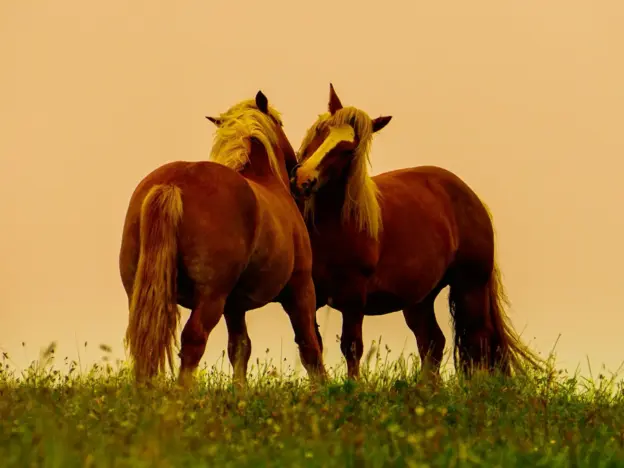
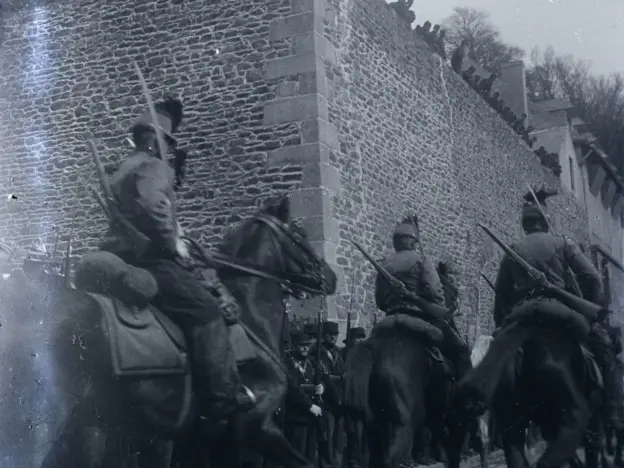
The Bidet of Morvan or Bidet du Morvan is not an official breed. The term Bidet with regards to horses in France is a very old one, but today the term generally means country bred.
Read more
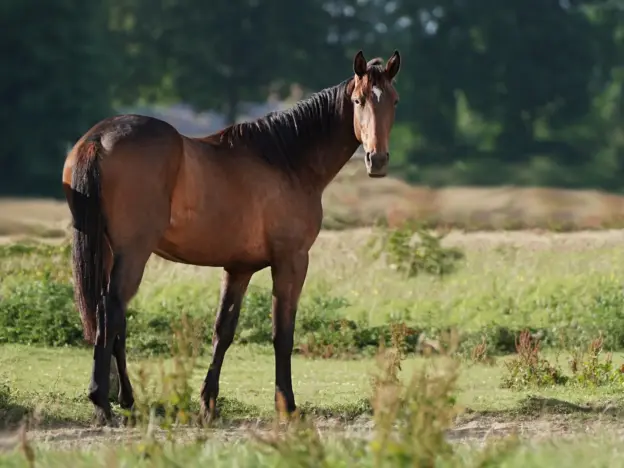
The Bespechchny or Bespechny Horse is not an official breed, but rather one of the seven strains of Ukrainian Saddle Horses. Saddle horses in the country are notable for being extremely undemanding and easy keepers.
Read more